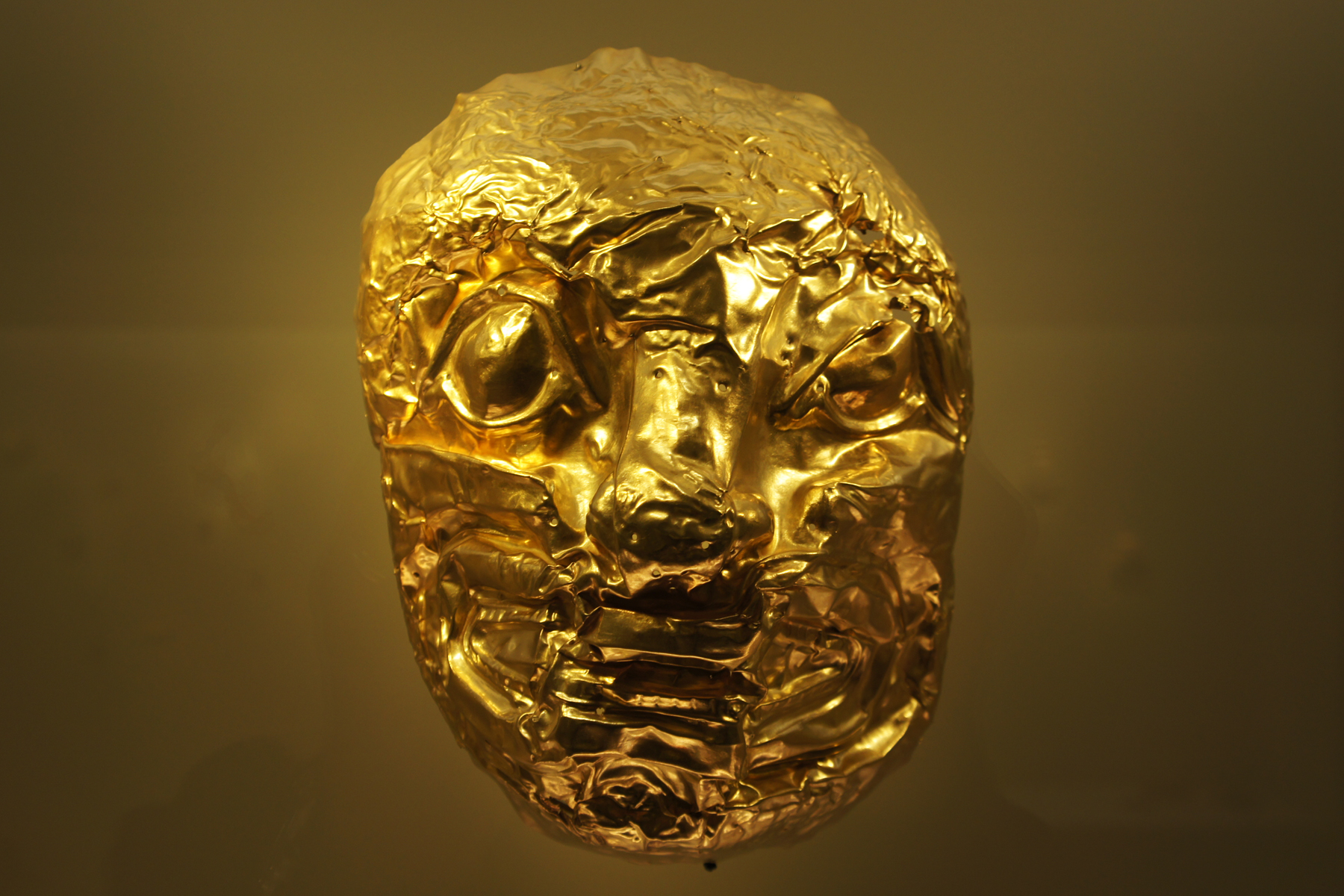Nencatacoa on:
[Wikipedia]
[Google]
[Amazon]
Nencatacoa or Nem-catacoa was the
 Nencatacoa was represented in the form of a forest animal, made of gold and covered with a mantle. Nencatacoa looked most like a fox or a bear,
Nencatacoa was represented in the form of a forest animal, made of gold and covered with a mantle. Nencatacoa looked most like a fox or a bear,Description Nencatacoa
– Pueblos Originarios because as Pedro Simón noted, "an animal in that shape would appear multiple times".
He was the protector god of the weavers, an industry that was very important among the  Nencatacoa was also the protector of artists and painters who realized their beautiful creations on the cloths, the
Nencatacoa was also the protector of artists and painters who realized their beautiful creations on the cloths, the
god
In monotheistic thought, God is usually viewed as the supreme being, creator, and principal object of faith. Swinburne, R.G. "God" in Honderich, Ted. (ed)''The Oxford Companion to Philosophy'', Oxford University Press, 1995. God is typically ...
and protector of the mantle makers, artists and festivities in the religion of the Muisca. The Muisca
The Muisca (also called Chibcha) are an indigenous people and culture of the Altiplano Cundiboyacense, Colombia, that formed the Muisca Confederation before the Spanish conquest. The people spoke Muysccubun, a language of the Chibchan langu ...
and their confederation were one of the advanced civilizations of the Americas; as much as the Aztec
The Aztecs () were a Mesoamerican culture that flourished in central Mexico in the post-classic period from 1300 to 1521. The Aztec people included different ethnic groups of central Mexico, particularly those groups who spoke the Nahuatl ...
, Mayas and Incas
The Inca Empire (also known as the Incan Empire and the Inka Empire), called ''Tawantinsuyu'' by its subjects, ( Quechua for the "Realm of the Four Parts", "four parts together" ) was the largest empire in pre-Columbian America. The adm ...
but other than the other three, they did not construct grand architecture. Their gold working however was well-known and respected which made Nencatacoa an important deity and protector.
Description
– Pueblos Originarios
Muisca
The Muisca (also called Chibcha) are an indigenous people and culture of the Altiplano Cundiboyacense, Colombia, that formed the Muisca Confederation before the Spanish conquest. The people spoke Muysccubun, a language of the Chibchan langu ...
, who used a great variety of materials but mostly cotton and fique
Fique is a natural fibre that grows in the leaves of plants in the genus ''Furcraea''. Common names include fique, cabuya, pita, penca, penco, maguey, cabui, chuchao and coquiza.
History
The Indigenous peoples of the Americas extracted and used ...
.
 Nencatacoa was also the protector of artists and painters who realized their beautiful creations on the cloths, the
Nencatacoa was also the protector of artists and painters who realized their beautiful creations on the cloths, the ceramics
A ceramic is any of the various hard, brittle, heat-resistant and corrosion-resistant materials made by shaping and then firing an inorganic, nonmetallic material, such as clay, at a high temperature. Common examples are earthenware, porcelain ...
, gold metallurgy, sculptures and petroglyphs with different anthropomorphic, zoomorphic
The word ''zoomorphism'' derives from the Greek ζωον (''zōon''), meaning "animal", and μορφη (''morphē''), meaning "shape" or "form". In the context of art, zoomorphism could describe art that imagines humans as non-human animals. It c ...
and ideogram
An ideogram or ideograph (from Greek "idea" and "to write") is a graphic symbol that represents an idea or concept, independent of any particular language, and specific words or phrases. Some ideograms are comprehensible only by famili ...
atic figures.Ocampo López, 2013, Ch. 9, p.58
Moreover, Nencatacoa was the god of festivities, drunkenness and dance. Traditions tell us that he partied with the people without caring about anything else. The Muisca drank '' chicha'', a type of alcoholic drink based on the fermentation and cooking of maize. When the indigenous peoples were constructing their houses he helped them with lifting the heavy poles. Even during the construction of their houses (''bohíos'') and temples, the Muisca drank much chicha.
Also to celebrate the completion of temples, houses or roads and with the arrival of new '' caciques'' the Muisca drank much ''chicha''. At times of sowing and harvest, they celebrated with dancing, singing, music (with drums and flutes) and honoured the gods, in particular Nencatacoa.Ocampo López, 2013, Ch. 9, p.60
Nencatacoa thus appeared to be similar in style and association to the Greek
Greek may refer to:
Greece
Anything of, from, or related to Greece, a country in Southern Europe:
*Greeks, an ethnic group.
*Greek language, a branch of the Indo-European language family.
**Proto-Greek language, the assumed last common ancestor ...
god Dionysus
In ancient Greek religion and myth, Dionysus (; grc, Διόνυσος ) is the god of the grape-harvest, winemaking, orchards and fruit, vegetation, fertility, insanity, ritual madness, religious ecstasy, festivity, and theatre. The Roma ...
and the Roman Bacchus
In ancient Greek religion and Greek mythology, myth, Dionysus (; grc, wikt:Διόνυσος, Διόνυσος ) is the god of the grape-harvest, winemaking, orchards and fruit, vegetation, fertility, insanity, ritual madness, religious ecstas ...
. Chronicler
A chronicle ( la, chronica, from Greek ''chroniká'', from , ''chrónos'' – "time") is a historical account of events arranged in chronological order, as in a timeline. Typically, equal weight is given for historically important events and lo ...
Pedro Simón described about the Muisca that when they were partying and dancing around the fire and the wind blew that was a sign that Nencatacoa was participating.
References
Bibliography
* {{authority control Muisca gods Pre-Columbian mythology and religion Arts gods Crafts gods Textiles in folklore Muysccubun